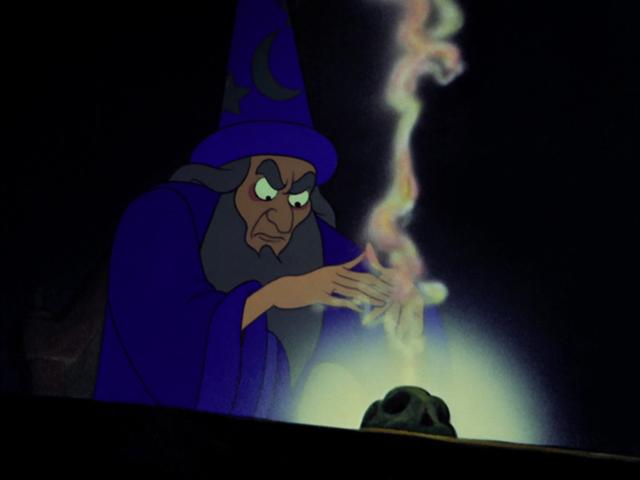

Some were good for Rastertime, some were better for multispeed songs and some were more generic for all purpose. The most known "New Players" used are: 17.G0, 20.G4, 20.Q0. The players had different purposes and needs. This so called "system" became powerful and had a special feature to merge different players into the actual editor. He did this after Laxity told him to not use his editor anymore, because he made some really awesome tunes! Of course this was in a friendly aspect but yeah JCH sure took Laxity's words on this and created his own "JCH Editor". This inspired JCH to make his own editor.
GOATTRACKER OR SID WIZARD FULL
Laxity himself did never write a full documentation, as it was never intended to go public.
GOATTRACKER OR SID WIZARD HOW TO
The editor is very hard to get anything out of, unless you know how to work it out. Now music got seriously good! He really show what the SID chip was made of and it just didn't sound half done, it sounded brilliant! Many composers were curious how he made this and how it was possible to make such sounds. Next up and the biggest breakthrough was when Laxity/Vibrants/Maniacs of Noise, released songs made with his own editor, "Laxity Editor V/32-3.34". When speed matter, you need to be clever, right? 🙂 Many big groups wanted to make their own special versions and it was very often done by "hacking" or "improve" the official versions. I didn't spend too much time with this Tracker, but the foundation was the same as for all Soede's Editors.Įven if the Bar Editor looks smaller it had some additional workflow, if not mistaken it was possible to define Bars to be longer and not locked to 4/4 per Bar. The GUI was bigger and it added more possibilities to the Bar Editor, as well for the Sound Design.

The next step and successor to "Sound Master", was "Soede Editor". Sorry I can't remember it all 🙂Īnyhow, this note style was kind of simple to use and I was able to clove up some tunes. The fourth bytes had something to do with cycle time and filter triggers. The bit $80 was for portamento and you could press the commodore key to assign up/down The second two bytes: bit and sound number. The bone structure if I remember correctly(last time used this Tracker was around 1989 or early 1990). This was far different and used hexadecimal values that corresponded to notes. This tracker did not use the typical C-1 notes, as discussed in the Editor part. The base sounds and sound design was unique for this Tracker and to begin with it kind of set the "Soede Signature". This was used not only by SoedeSoft and FireEagle, once it was released. One of the first trackers on the market was "Soundmaster V3.1" from SoedeSoft. Technically speaking a Tracker is working the same way as an Editor, since they both use a Music Routine and Player. In other words, the workflow is different. Sometimes you are more visual and want to "see" what you're doing and keep track on the notes in another way than an editor do. This was because some musicians did not want to work with duration and use command to compose music. The trackers was a complement to all the Editors. This is why there are frontends for the Players and Music Routines, called Editors and Trackers.

If you really want to have 100% control and optimize your songs for specific needs, this is the way to go but it requires programming experience and knowledge how the SID Chip and CPU is working.
_(TS).jpg)
One way is to execute the actual Music Routines and work in MCL, but this is for many very advanced and not the most efficient way to work. As we discussed the player is the layer that take care of Envelopes, Sounds, Filters, Modulators and Notedata, that construct the music heard from the SID Chip.Īccess the player can be done differently.


 0 kommentar(er)
0 kommentar(er)
